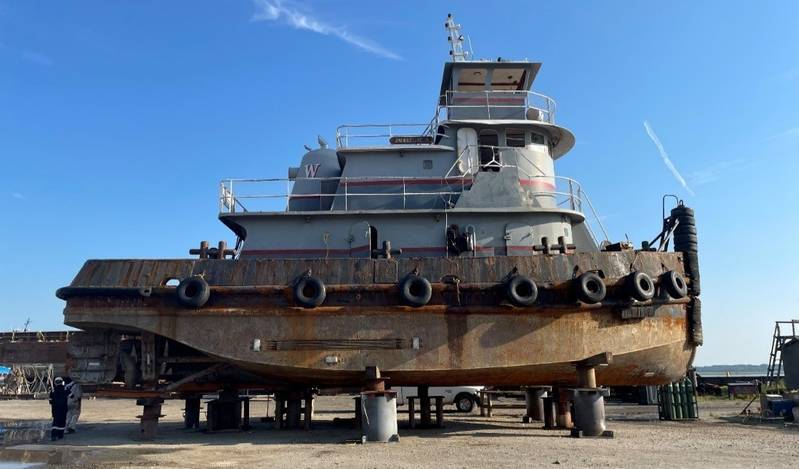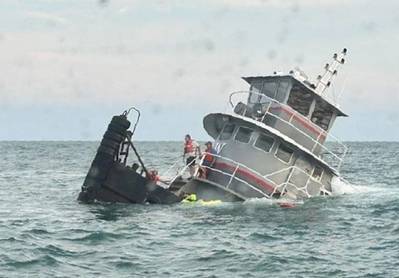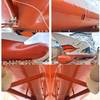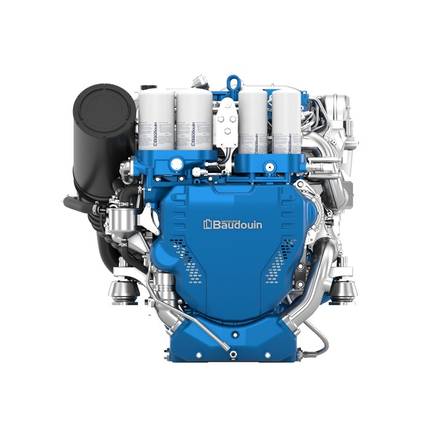Towboat Sank Due to Watertight Integrity Issues
The sinking last year of a towing vessel in the Atlantic Ocean was due to a lack of watertight integrity, the National Transportation Safety Board (NTSB) said Tuesday.
Jackson Creek Marine's Jacqueline A was transiting the Atlantic Ocean from Virginia to a shipyard in Harvey, La., where the 1981-built vessel was to be brought into compliance with the U.S. Coast Guard's Subchapter M regulations. It began taking on water on August 8, 2023, while off the coast of South Carolina. The three crewmembers—a captain, mate and deckhand hired for the voyage—abandoned the vessel and were rescued by local emergency responders. The towboat sank in about 30 feet of water shortly thereafter. No injuries were reported.
Thirteen days after the sinking, on August 21, the vessel was raised by salvors and towed to a shipyard where Coast Guard and NTSB investigators could examine the vessel.
NTSB investigators found that the Jacqueline A sank stern-first. The bow remained above the water for a period of time, indicating the flooding originated in the aft portion of the vessel. NTSB investigators found several large wastage holes in the main deck plating above the lazarette. The wastage holes were located within the voids formed by the enclosed bulwark framing on the main deck.
 Jacqueline A following salvage after the sinking. (Source: NTSB)
Jacqueline A following salvage after the sinking. (Source: NTSB)
“Inaccessible voids or difficult to reach pockets or crevices that are poorly ventilated and provide no access for maintenance pose a risk to vessels due to the potential for severe rusting/corrosion,” investigators said. “Because these spaces are inaccessible, corrosion can grow undetected. Operators and manufacturers should keep these risks in mind when designing, constructing, or modifying a vessel.”
The crew told investigators the bilge high-water alarm never sounded. Investigators found the alarm system was ineffective as there was no sensor in the lazarette, which prevented early detection of flooding into the space. Sensors should be installed in all spaces where flooding may have a significant effect on the vessel’s stability and buoyancy.
Investigators also found electrical wire runs connecting the lazarette to the engine room on the Jacqueline A were not sealed. Once the lazarette filled with water, it poured into the engine room.
“For the safety of a vessel and all on board, the integrity of the hull and watertight bulkheads must be maintained, and any deficiencies must be appropriately addressed,” the report said. “Known issues with watertight integrity, including unsealed watertight bulkhead and deck penetrations and deck and hull plate wastage, need to be addressed by permanent means.”
The sinking damaged the Jacqueline A’s main propulsion engines and generators beyond repair. Electrical and hydraulic systems, electronics, insulation and paneling, galley and lavatory equipment, and various windows and doors were also destroyed. Diesel fuel, hydraulic oil, and potable water tanks were fouled. The estimated cost to repair this damage (not including salvage costs and any other required work) exceeded the $660,000 value of the vessel, and therefore, it was declared a constructive total loss.














